Strawberry, Fragaria × ananassa: “Garden Venus”
In our mind, fresh strawberries qualify as a different species from the store-bought, long-traveling variety. Scientists believe that even two days after being plucked, the vitamins C, manganese, potassium, folate, fiber, magnesiums and other antioxidants and phytonutrients in strawberries diminish rapidly. Luckily it’s easy to grow your own.
There are hundreds of cultivars of garden strawberries (which were first bred in Brittany in the 18th century), and wild strawberries (Fragaria vesca) are delicious as well. Their sweetness may be the reason the ancient Greeks associated strawberries with the goddess of love, Venus. How to choose? Read on:
Above: Marie grows alpine strawberries in her New York City garden and harvests them for her Strawberry Shrub Recipe. Photograph by Marie Viljoen.
Industrial agriculture has made strawberries one of the most heavily sprayed crops on the market and strawberries do not have the defense of skin or peel that other veggies have. Even organic farmers often use organic pesticides to protect their investment, which can pose health risks as well. If you buy (rather than grow) strawberries, wash them well before eating.
Above: Strawberries typically flower in clusters in late spring, with fruit following. Photograph by Moja Commonswiki via Wikimedia.
You can buy established plants online or at your local nursery to plant early in the spring. Choose a site that is sunny, weed-free, and amended well with organic matter. There are two main techniques for planting strawberries—in a matted row for June fruit or in hills for ever-bearing fruit. Whichever you choose, be sure to renovate your patch by clearing away runners, weeding, and spreading new mulch between seasons.
Above: Photograph by Maja Dumat via Flickr.
Cheat Sheet
- Grow strawberries for their fragrant, beautiful dark green vines as well as for their fruit.
- Perennial strawberries will produce fruit for up to four seasons.
- Strawberries attract wildlife, pollinators, and lots of human helpers for the harvest.
Keep It Alive
- Strawberries require at least eight hours of full sun per day.
- Strawberries benefit from mulching for even irrigation; plant in early spring as soon as your soil can be worked.
- Strawberries can be grown in containers as well, depending on the variety.
Above: Photograph by Forest and Kim Starr via Flickr.
Do not plant strawberries where nightshades, brassicas, or strawberries have grown before. They do very well next to the bean family, as well as near herbs and flowers such as caraway, borage, and lupines.
Above: 10 Secrets for Growing an Urban Balcony Garden. Photograph by Marie Viljoen.
Use straw (or pine needles or chopped leaves) to mulch the berries, which will preserve irrigation, keep weeds down, and make harvesting an easier process. When you do pick the fresh beauties, remember to use your senses, as strawberries will not ripen off the vine. The smell should be fragrant and sweet, the touch yielding but still firm, the color dark, but still bright.
See more about strawberries at Tiny Gardens: 66 Square Feet for Alpine Strawberries in NYC and Recipe: Fruit Roll-Ups for Happy Kids (and Moms).
Finally, get more ideas on how to successfully plant, grow, and care for strawberry with our Strawberry: A Field Guide.
Interested in other edible plants for your garden? Get more ideas on how to plant, grow, and care for various edible plants (including flowers, herbs and vegetables) with our Edible Plants: A Field Guide.


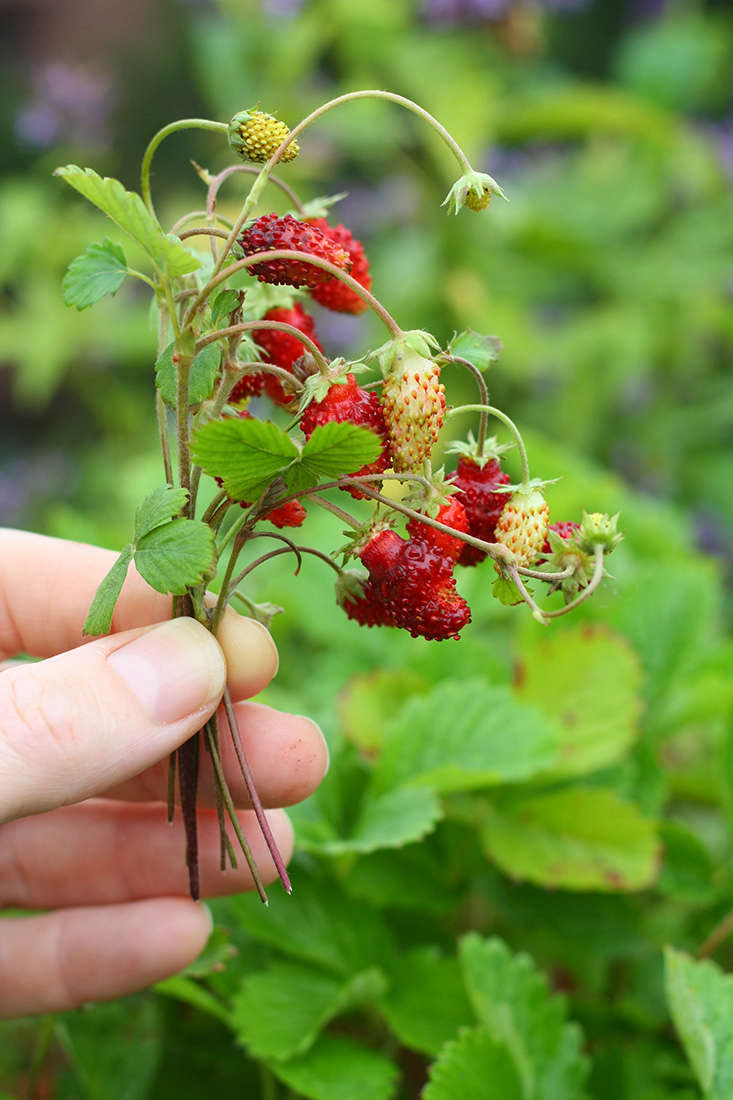
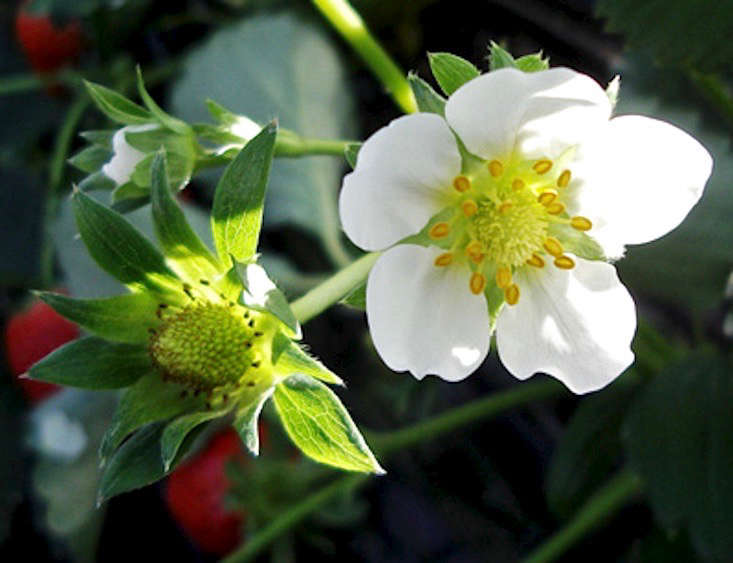
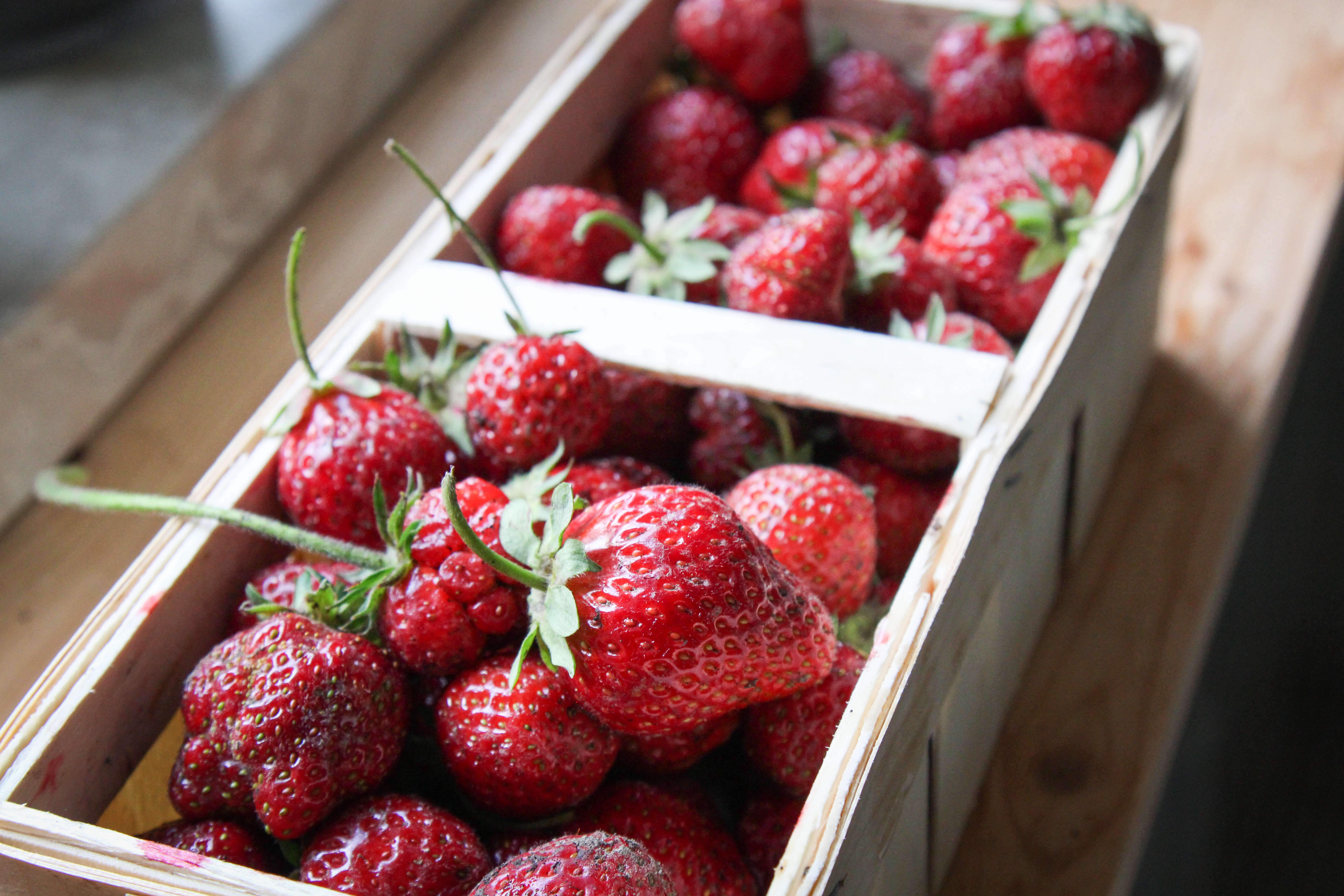
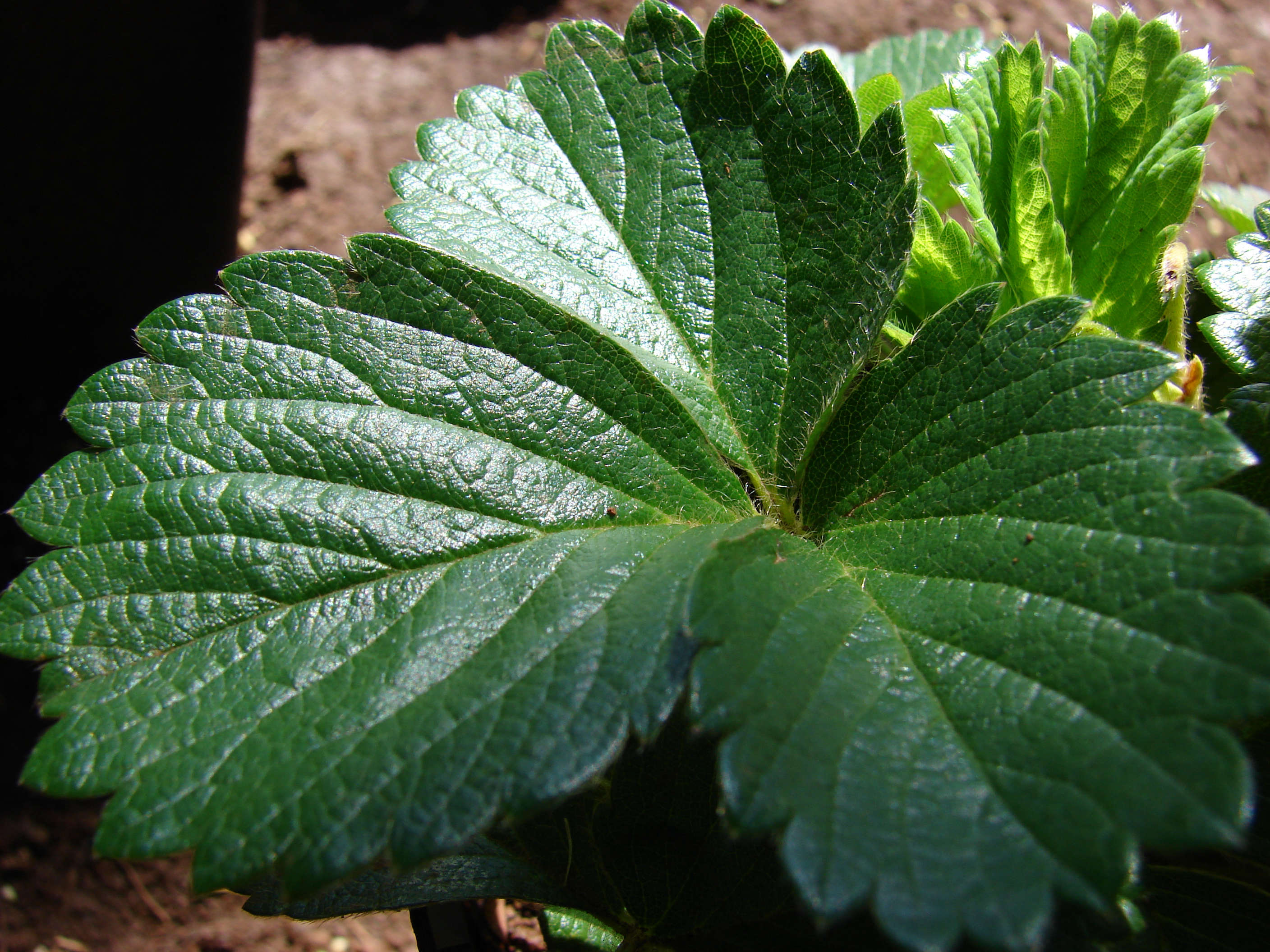
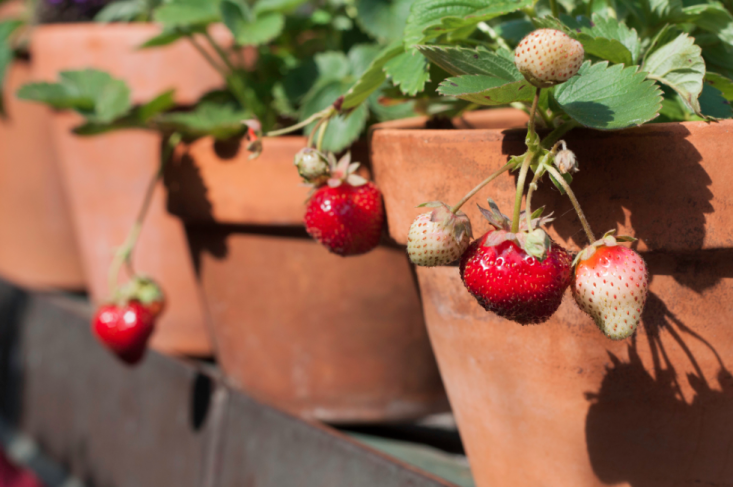







Have a Question or Comment About This Post?
Join the conversation